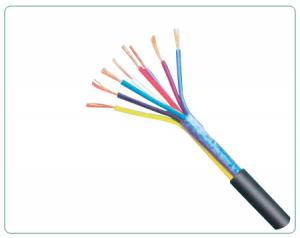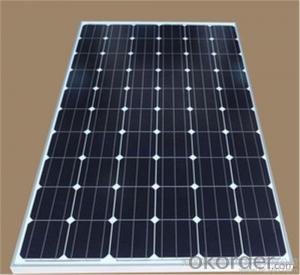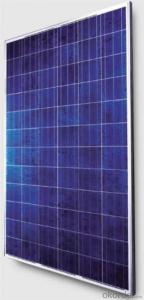Export Limiting Solar Inverter
Export Limiting Solar Inverter Related Searches
Ac Inverter For Solar Panels Solar Panel With Ac Inverter Gas Furnace With Ac Panda Hot Water Bottle Cover Minion Hot Water Bottle Cover Abb Solar Water Pump Inverter Solar Water Pump Philippines Extra Long Hot Water Bottle Solar Panel Dc To Ac Inverter Old Fashioned Hot Water BottleHot Searches
Galvanized Steel Prices 9Mm Mdf Sheet Prices Type Of Inverter For Solar Types Of Inverter For Solar Used Solar Inverter For Sale Inverter Size For Solar System Solar Edge Inverter For Sale 5kw Solar Inverter For Sale Solar Inverter For Sale Solar Inverter For Battery Solar Inverter For Split Ac Solar Inverter For Laptop Solar Inverter For Fridge Solar With Inverter Price Solar Inverter With 2 Battery Solar Inverter Price In China Best Solar Inverter In China Solar Inverter Price In Dubai Solar Inverter Price In Uae Solar Inverter Price In KenyaExport Limiting Solar Inverter Supplier & Manufacturer from China
Okorder.com is a professional Export Limiting Solar Inverter supplier & manufacturer, offers integrated one-stop services including real-time quoting and online cargo tracking. We are funded by CNBM Group, a Fortune 500 enterprise and the largest Export Limiting Solar Inverter firm in China.Hot Products
FAQ
- Yes, a solar inverter can be used in a floating solar system. The purpose of a solar inverter is to convert the direct current (DC) generated by solar panels into alternating current (AC) that can be used to power electrical devices. In a floating solar system, the solar panels are mounted on floating platforms or structures on water bodies. The solar inverter is still required to convert the DC power generated by the panels into AC power that can be used by the electrical grid or connected devices.
- Voltage regulation plays a crucial role in the performance of a solar inverter. It ensures that the output voltage of the inverter remains stable and within an acceptable range, regardless of fluctuations in the input voltage. This stability is vital for the efficient operation of the inverter and the overall performance of the solar power system. Improper voltage regulation can lead to various issues such as increased power losses, reduced energy production, and potential damage to connected devices.
- A solar inverter handles voltage unbalance in the grid by continuously monitoring the grid voltage levels. If it detects voltage unbalance, it adjusts the output power accordingly to maintain a balanced operation. This is achieved through internal control algorithms that ensure each phase of the grid receives the appropriate amount of power, correcting any imbalances and preventing potential damages to the solar inverter or the grid.
- Voltage and frequency control are crucial in a solar inverter as they ensure the stability and reliability of the electrical system. Voltage control regulates the output voltage of the inverter, ensuring it is within safe limits and compatible with the grid or the connected appliances. This is important to protect the electrical devices from overvoltage or undervoltage conditions, which could potentially damage them. Frequency control, on the other hand, maintains the output frequency of the inverter in synchronization with the grid frequency. This synchronization is vital for the seamless integration of the solar power into the existing electrical grid. Inconsistent frequencies can lead to instability, power quality issues, and potential damage to equipment. Overall, voltage and frequency control in a solar inverter play a significant role in maintaining a reliable and efficient electrical system, safeguarding the connected appliances, and ensuring the proper integration of solar power into the grid.
- A solar inverter is designed to handle voltage and frequency variations caused by grid disturbances by regulating and stabilizing the incoming AC power from the grid. It constantly monitors the voltage and frequency levels of the grid and adjusts its internal components accordingly to ensure that the power being generated by the solar panels is synchronized with the grid. In cases of voltage or frequency deviations, the inverter employs advanced control algorithms to rectify the imbalances and maintain a steady flow of power to the grid. This helps to protect the electrical appliances and equipment connected to the grid from potential damage and ensures the stability and reliability of the overall power system.
- The installation time for a solar inverter can vary depending on various factors such as the size of the system, complexity of the installation, and the expertise of the installer. Generally, it can take anywhere from a few hours to a full day to complete the installation process.
- Yes, a solar inverter can be used with a solar-powered swimming pool heater. The solar inverter is responsible for converting the DC (direct current) electricity produced by the solar panels into AC (alternating current) electricity that can be used to power the swimming pool heater.
- Yes, a solar inverter can be used with solar-powered telecommunications systems. Solar inverters are devices that convert the direct current (DC) generated by solar panels into alternating current (AC) that can be used to power various electrical devices, including telecommunications systems. By using a solar inverter, the solar energy captured by the panels can be efficiently utilized to power the telecommunications equipment, making it a suitable and environmentally-friendly solution.















































